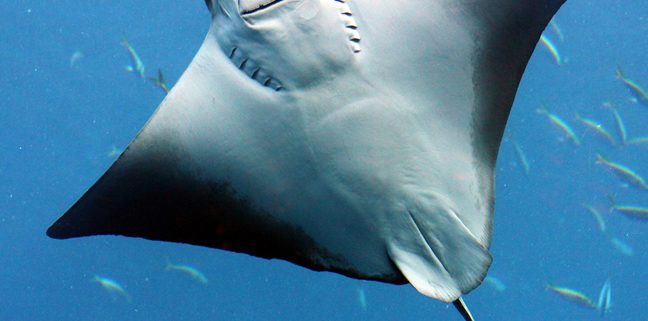Biotechnology shows hope for the heart
This past summer there was a report of a scientific feat that should give biotechnology another reason to plant a flag with conviction. Kevin Kit parker of Harvard University’s Wyss Institute, together with a dedicated team, have announced their functioning bionic stingray. Made of engineered rat heart cells, it has the ability to swim with anatomically correct muscular contractions, and follow light.
Measuring 16 millimeters long, the tiny stingray boasts muscle made of 20,000 layered rat heart cells, built around a gold skeleton and flexible polymer. The cells have been genetically engineered to expand and contract like a muscular pump upon light exposure, ebbing through space exactly like a living stingray.
The team exemplified its ability by successfully guiding it through an obstacle course with an acute light source.
Fortunately, Parker is not interested in creating bionic animals, and wants to take the breakthrough to more directly beneficial spheres of science. “My real interest is in building a heart,” he says, explaining in an article by New Scientist magazine that the ultimate goal is to better understand the heart’s muscular behavior, and to decode heart disease.
Hanno Meyer of Bielefeld University in Germany insists the technology could, in essence, be taken much further. “The combination of artificial and living parts provides insight into creating a durable bio-hybrid system,” he says, “which could be relevant when creating new brain-machine interfaces.”
Parker’s work could confirm such a notion, as he’s also been involved in building mini-organs that could be manufactured and interconnected to create “a human on a chip.”
The Harvard team has previously succeeded in a more simplistic cell-built cyborg jellyfish as well, and now, according to New Scientist, is working on a “more complicated marine animal.” He won’t tell anyone what it is.
The breakthrough is a confirmation that biotechnology is a sector becoming more and more relevant, directly beneficial, and actionable. Beyond promising strides in agriculture and alternative energy, the medical fields may grossly benefit from its relevant advances, often lost under fears of GMOs and what many denounce as “playing god.”
We can be sure Parker and others will continue their work, and hope public opinion warms up to these incredible feats of ingenuity.



